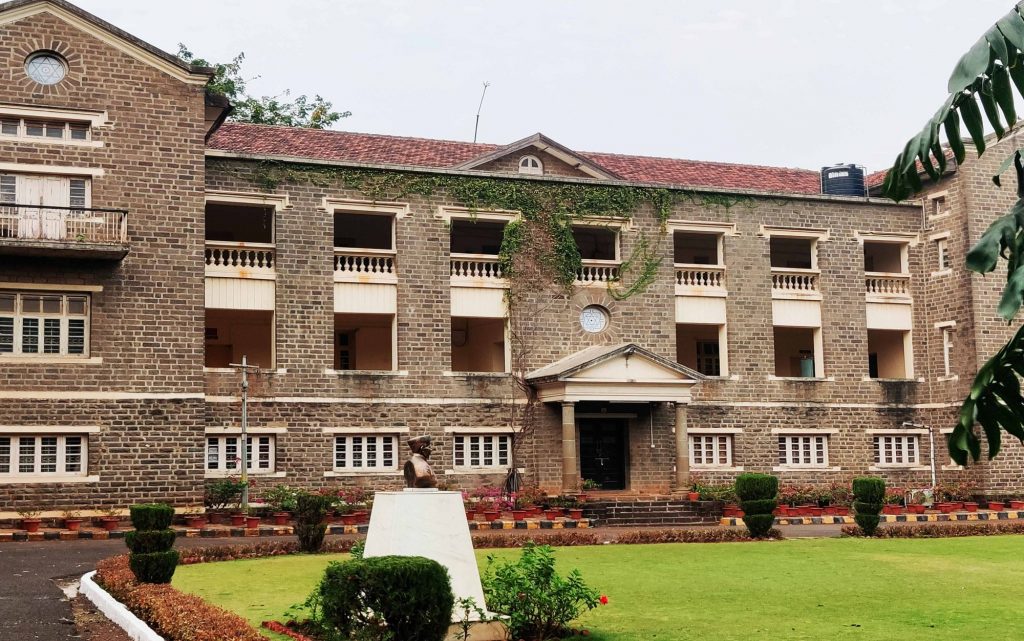Scientists who have been researching plateau formations and plant species in the Western Ghats for decades were unaware of the presence of the low-altitude plateau, an isolated flat-topped steep hill located near Manjare village in Thane district.
The Agharkar Research Institute’s (ARI) Scientists in Pune have discovered a unique low-altitude basalt plateau in the Western Ghats, a significant discovery that might offer clues to how plant species worldwide can cope with climate change.
Scientists who have been researching plateau formations and plant species in the Western Ghats for decades were unaware of the presence of the low-altitude plateau, an isolated flat-topped steep hill located near Manjare village in Thane district.

Dr Mandar Datar the lead scientist :
“The Western Ghats are one of the four global biodiversity hotspots in India. There were so far three known plateau types in the Western Ghats — high altitude laterite plateaus, low altitude laterite plateaus and high-altitude basalt plateaus,” said Dr Mandar Datar, the lead scientist of the study that announced the discovery and was recently published in Springer Nature.
Dr Datar and his team found 76 species of plants belonging to 24 different families on the low-altitude plateau, some of which are unique to it while others are common among all four plateaus. “It’s a unique model to study how species interact in varying environmental conditions,” Dr Datar said.
Plateaus dominate the Western Ghats and are notable due to the preponderance of indigenous species. Survival of plants in these open, primarily desert ecosystems, according to Dr. Datar, is a “essential reservoir of information” on how vegetation might live in high-temperature settings, which are projected to deteriorate as climate change proceeds.

“There are just four months in the year – during the monsoon – which are suitable for plants. As a result, the plants that thrive here have limited four-month life cycles. There is considerable water scarcity here after the monsoons, and the vegetation perish. The plants survive in two ways: by seeding shortly before the monsoon season ends, or by storing nourishment underground in the form of bulbs. These plants are surviving in an incredibly difficult environment, with soil temperatures reaching 60 degrees Celsius in the summer,” he stated.
The ARI team is also investigating if genetics plays a role in plant survival in harsh conditions. Scientists can employ a gene that really aids these plants for crop survival, according to Dr. Datar. “That is why knowledge of these plateaus and flora is critical,” he continued.

